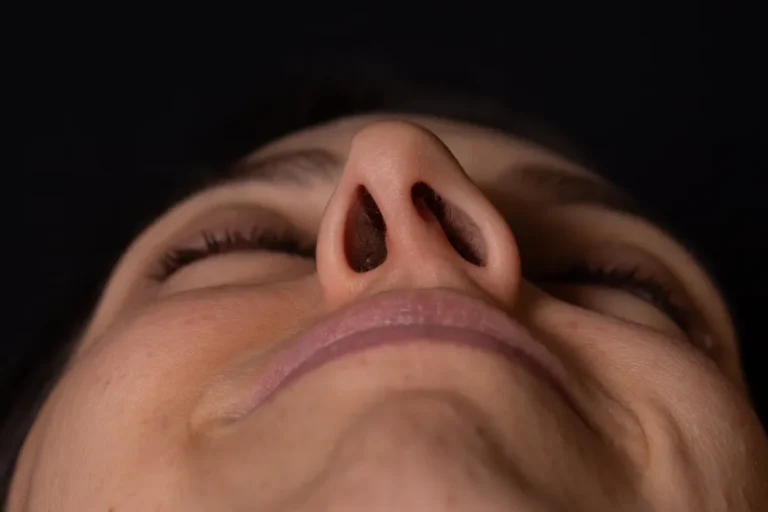Deviated Septum: Symptoms, Causes, and Surgical Solutions
Posted on June 4, 2025
Sinus
A deviated septum is a common nasal condition where the thin wall (septum) between your nostrils is displaced to one side. This displacement can cause various breathing difficulties and other related issues. Understanding the symptoms, causes, and potential surgical solutions can help you make informed decisions about your health and comfort.
The nasal septum is the cartilage and bone that divides your nose into two nostrils. Ideally, it should be centered to allow smooth airflow through both nasal passages. However, in many people, the septum is crooked or displaced, sometimes severely enough to block one side of the nose. While some degree of deviation is normal and often goes unnoticed, a significantly deviated septum can cause symptoms that impact your daily life. Hire us as your go-to ENT serving Media, PA.
Symptoms of a Deviated Septum
The most common symptom of a deviated septum is difficulty breathing through one or both nostrils. This happens because the crooked septum restricts airflow. Here are other symptoms you might experience:
- Nasal Congestion: Persistent stuffiness, usually worse on one side.
- Frequent Nosebleeds: The uneven airflow can dry out the nasal membranes, leading to bleeding.
- Sinus Infections: Blockage of the nasal passages can trap mucus and create a breeding ground for infections.
Noisy Breathing: Especially noticeable during sleep. - Facial Pain or Headaches: Pressure from blocked sinuses may cause discomfort.
- Snoring or Sleep Apnea: Disrupted airflow can lead to snoring or worsen sleep apnea symptoms.
- Postnasal Drip: Mucus accumulation at the back of the throat.
If you notice persistent nasal issues or breathing difficulties, it’s worth consulting a healthcare professional to check for a deviated septum or other underlying problems.
Causes of a Deviated Septum
There are several reasons why a septum may become deviated:
- Congenital Condition: Many people are born with a septum that is naturally crooked.
- Injury or Trauma: A broken nose or other facial injury can shift the septum out of alignment.
- Aging: The cartilage can shift or deteriorate over time.
Developmental Factors: Sometimes, uneven growth of the facial bones during childhood causes deviation.
Because a deviated septum often results from trauma or congenital factors, symptoms can appear at any age. Sometimes, minor deviations only cause problems later in life when other nasal conditions develop.
Diagnosing a Deviated Septum
A diagnosis typically starts with a physical exam by an ENT (ear, nose, and throat) specialist. They will examine your nasal passages with a lighted instrument and may use imaging tests like a CT scan to assess the extent of the deviation. This helps in planning the most appropriate treatment.
Surgical Solutions: Septoplasty
When symptoms are severe or persistent, surgery is often the most effective solution. The standard procedure to correct a deviated septum is called septoplasty.
What is Septoplasty?
Septoplasty is a surgical procedure that straightens and repositions the nasal septum to improve airflow. During the operation, the surgeon removes or reshapes the obstructive portions of cartilage and bone. The procedure is usually performed under local or general anesthesia and takes about 30 to 90 minutes.
Benefits of Septoplasty
- Improved nasal airflow and breathing
- Reduced nasal congestion and sinus infections
Decreased snoring and better sleep quality - Relief from facial pain or headaches related to sinus pressure
- Enhanced sense of smell in some cases
Recovery and Risks
After septoplasty, patients can expect some swelling, mild bleeding, and discomfort for a few days. Most people return to normal activities within a week. Full healing and optimal results may take several weeks.
As with any surgery, there are risks including infection, bleeding, or changes in the shape of the nose. However, serious complications are rare when the surgery is performed by an experienced ENT specialist.
When to See a Doctor
If you experience chronic nasal congestion, difficulty breathing, frequent sinus infections, or snoring that affects your quality of life, it’s a good idea to see an ENT doctor. They can determine if a deviated septum or another condition is causing your symptoms and discuss the best treatment options. Beyond deviated septum’s and other ENT related issues, we also offer sleep apnea treatment serving Glen Mills, PA.